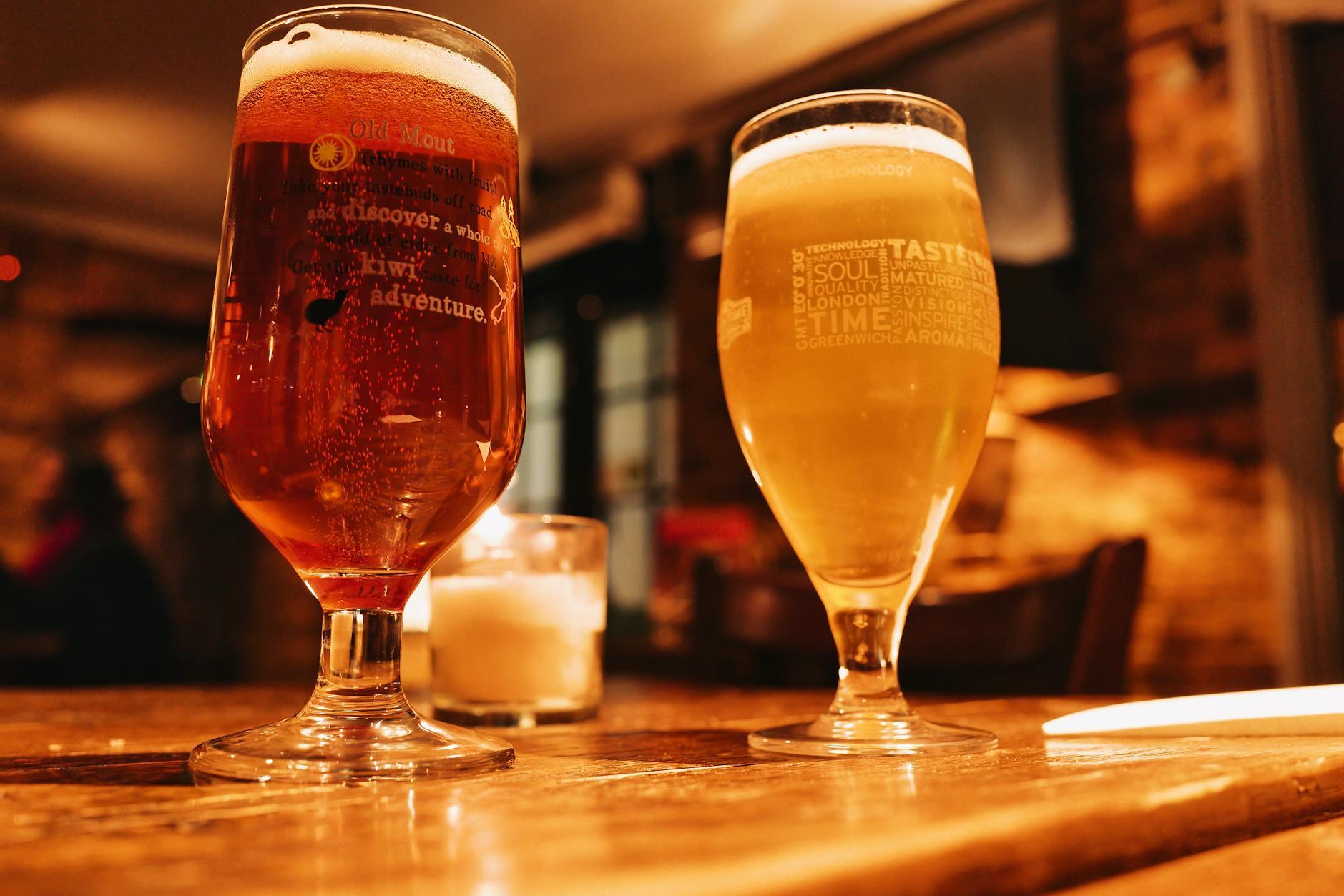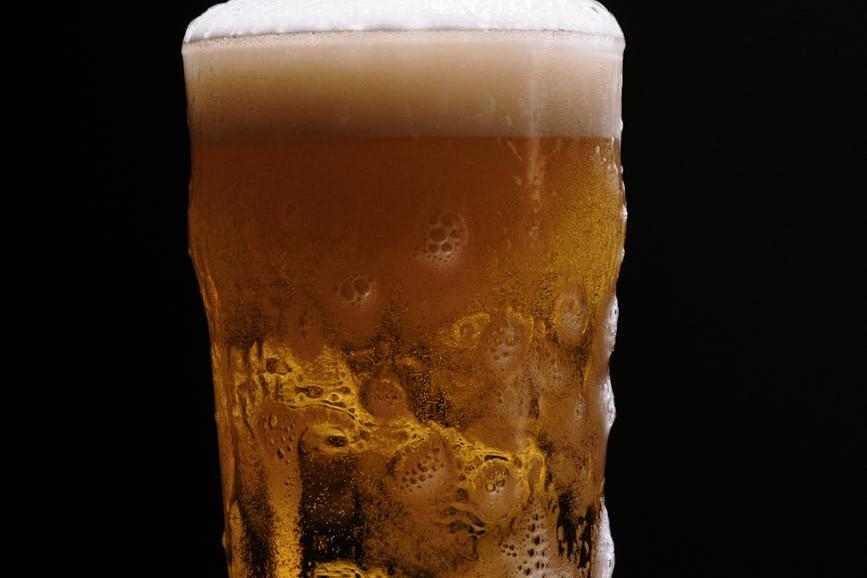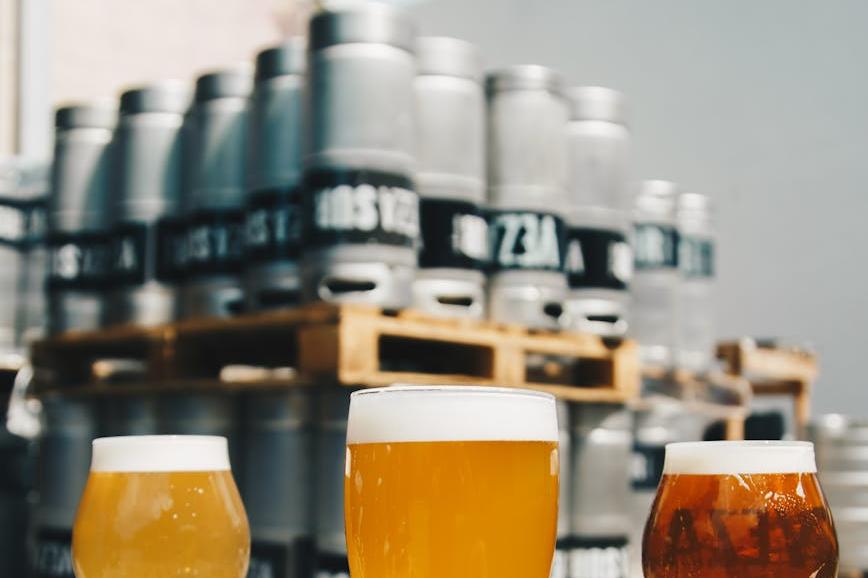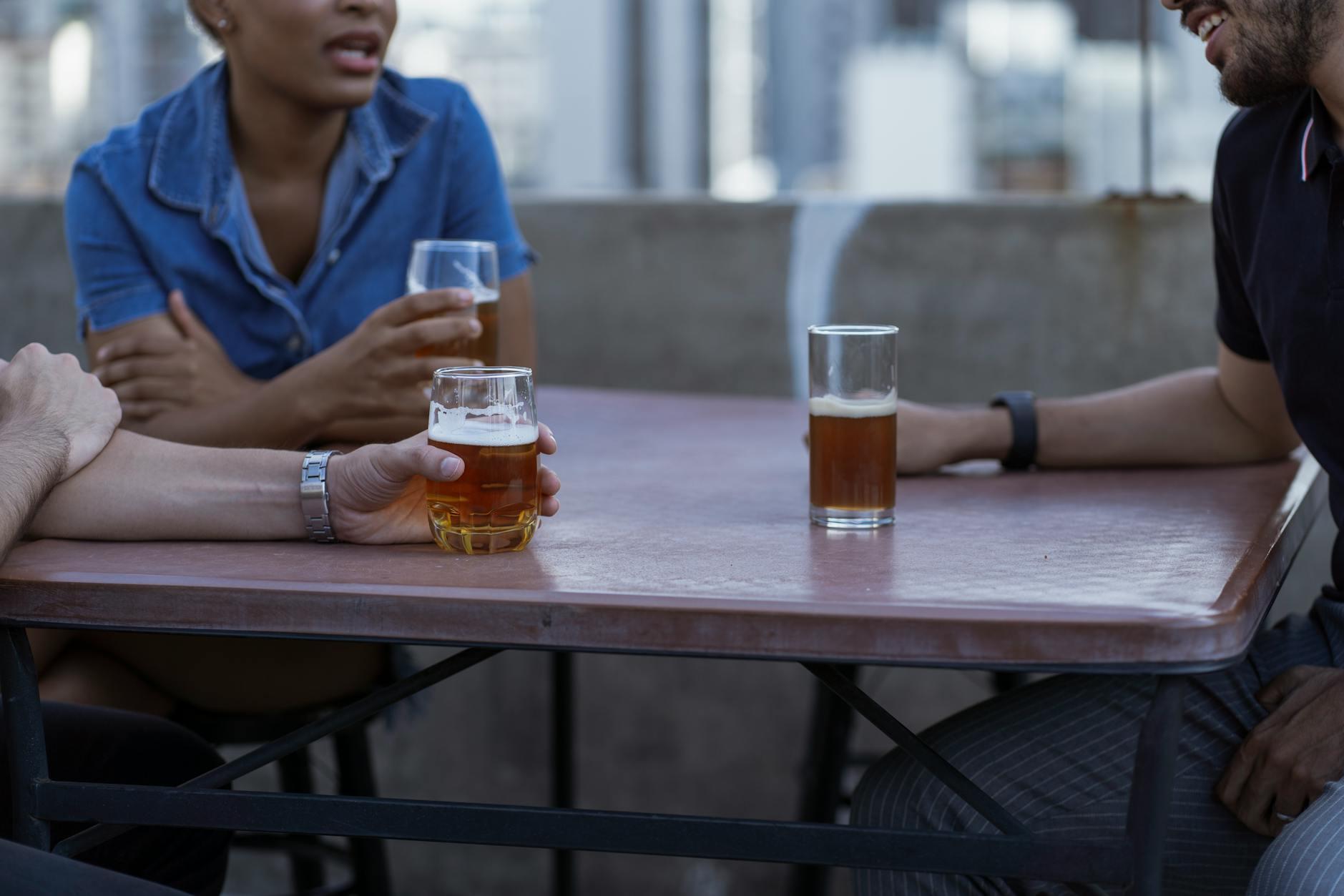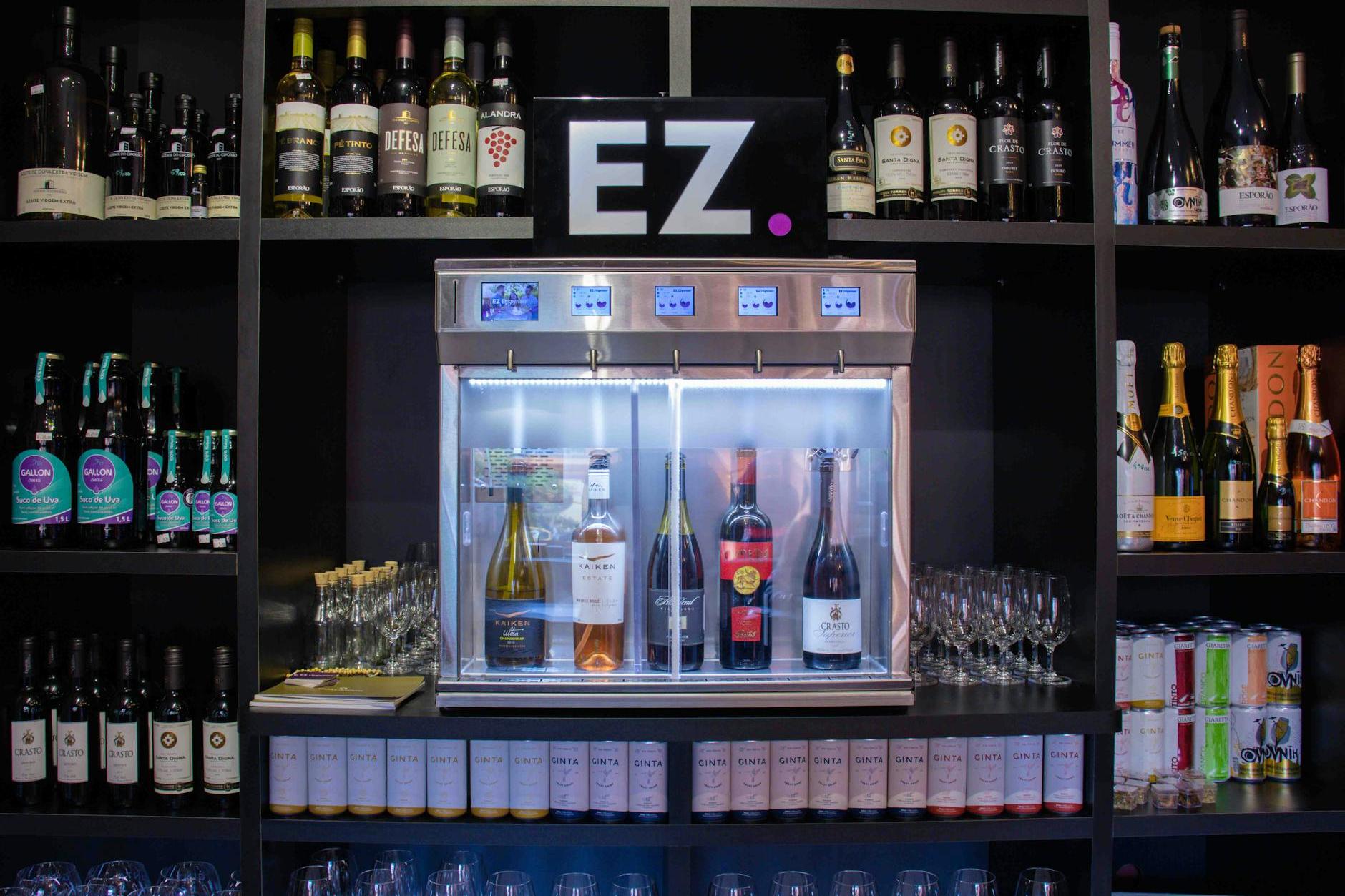- Shanghai Zhongshen International Trade Co., Ltd. - Two decades of trade agency expertise.
- Service Hotline: 139 1787 2118
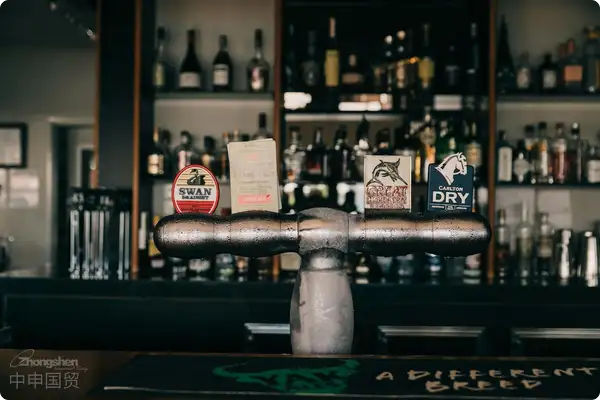
Contents
ToggleWhen Craft Beer Meets HS Codes
Three years ago, I handled a case involving the import of German abbey beer. The client insisted that their 12-degree beer should be classified under HS code 2203.00.0090 (other fermented beverages). However, actual testing revealed an alcohol content of 14.2%, leading to its final classification under 2208.90.7900 (distilled alcoholic beverages), resulting in a tariff difference of 23%. This case teaches us:The "degree game" of beer starts right from its commodity classification..
Triple certification system for import qualifications
- Basic qualifications
- Filing of Consignor and Consignee (Valid for 5 Years)
- Sanitary Certificate of Origin (requires authentication by the embassy/consulate)
- Special Requirements
- Liquor Distribution License (Provincial Commerce Department)
- Chinese Back Label Filing (requires 30 working days in advance)
- Emerging requirements
- Heavy Metal Migration Test Report (Newly Added in 2025)
- Organic Certification Transition Documents (for Organic Beer)
The "three-temperature" selection in the transportation plan
| Transportation method | Full - container cold chain | Suitable Alcohol Content for Transportation | Risk coefficient |
|---|---|---|---|
| Thermostatic container | ★★★ | 8-15% | ▲▲ |
| Cold Chain Transportation | + Electronic pre - declaration | 15-20% | ▲ |
| CommonMaritime Transportation | ★ | ≤8% | ▲▲▲▲ |
Real Case: Customs Clearance Dispute of Belgian Golden Beer
In 2024, an importer declared a beer with an alcohol content of 9 degrees, but during port sampling inspections, the actual alcohol content was found to be 10.5%. Due to a failure to update promptly,1. Verifyimport and export"Explanatory Notes to the Harmonized Commodity Description and Coding System" 2025 Edition21., resulting in:
- Misclassification leads to deletion and re-declaration.
- The demurrage fee exceeds 30% of the cargo value.
- The loss due to shelf life expiration reaches 15%.
Ultimately, by applying for an emergency advance classification ruling and implementing a bonded warehouse repackaging solution, 65% of the economic losses were recovered.
Three Major "Pitfalls" Frequently Encountered by Importers
- Degree cognition bias: Malt degree ≠ alcohol content, subject to the test report.
- Translation Pitfalls of Labels:"Craft Beer" may not comply with GB 7718 if directly translated.
- Transportation plan mismatch: High-alcohol beer should be protected from direct sunlight and sudden temperature changes.
I remember last year when a client came to me with a craft beer sample, and the bottle was boldly labeled "19°P." I immediately advised him to conduct dual testing, which revealed a malt concentration of 19% but an alcohol content of only 8.2%, successfully preventing it from being mistakenly classified as a distilled spirit. That's just how this industry is,The devil is in the details, and so is the angel..
Related Recommendations
Category case
Get in Touch
Email: service@sh-zhongshen.com
Related Recommendations
Contact via WeChat

? 2025. All Rights Reserved. Shanghai ICP No. 2023007705-2  PSB Record: Shanghai No.31011502009912
PSB Record: Shanghai No.31011502009912
